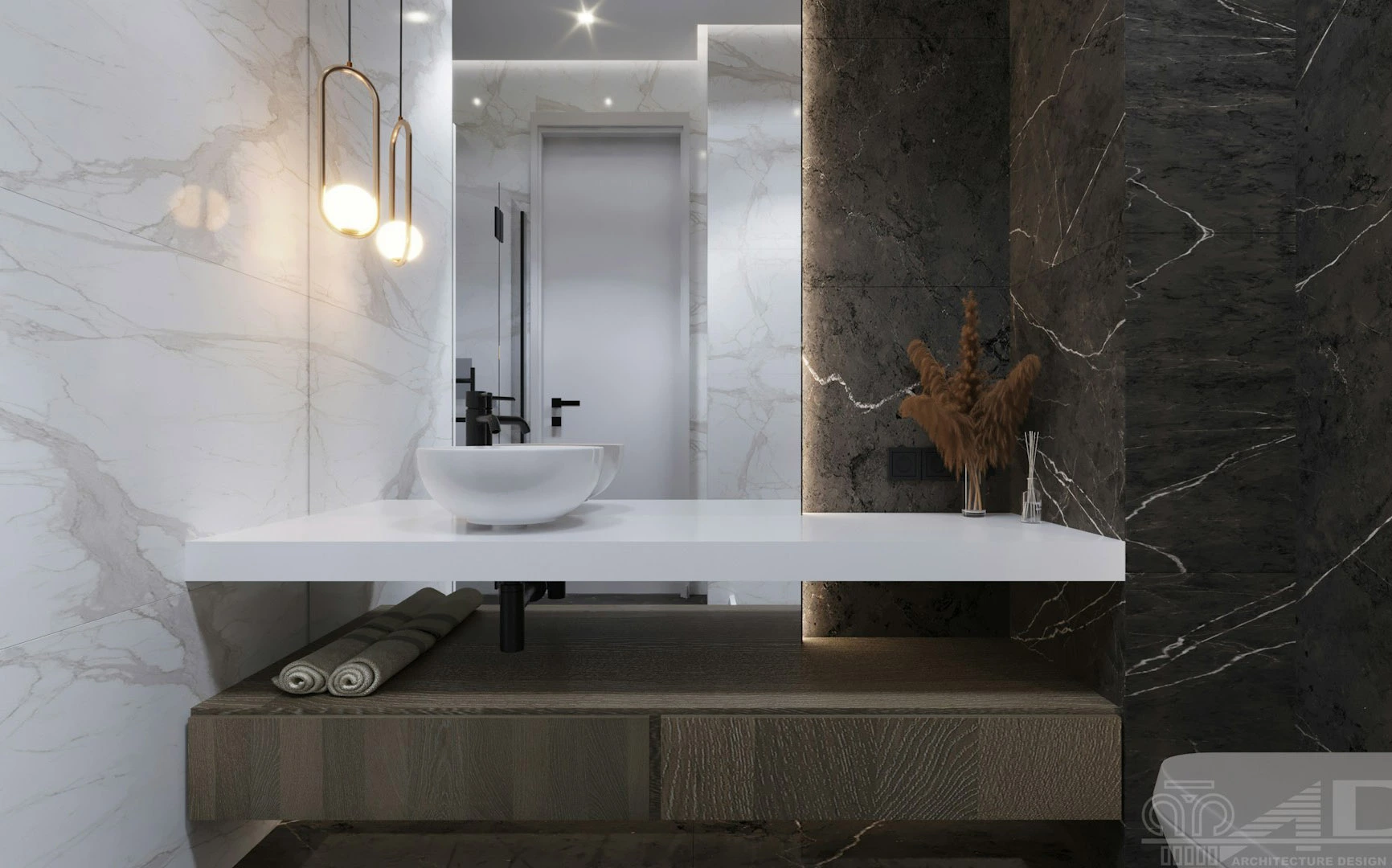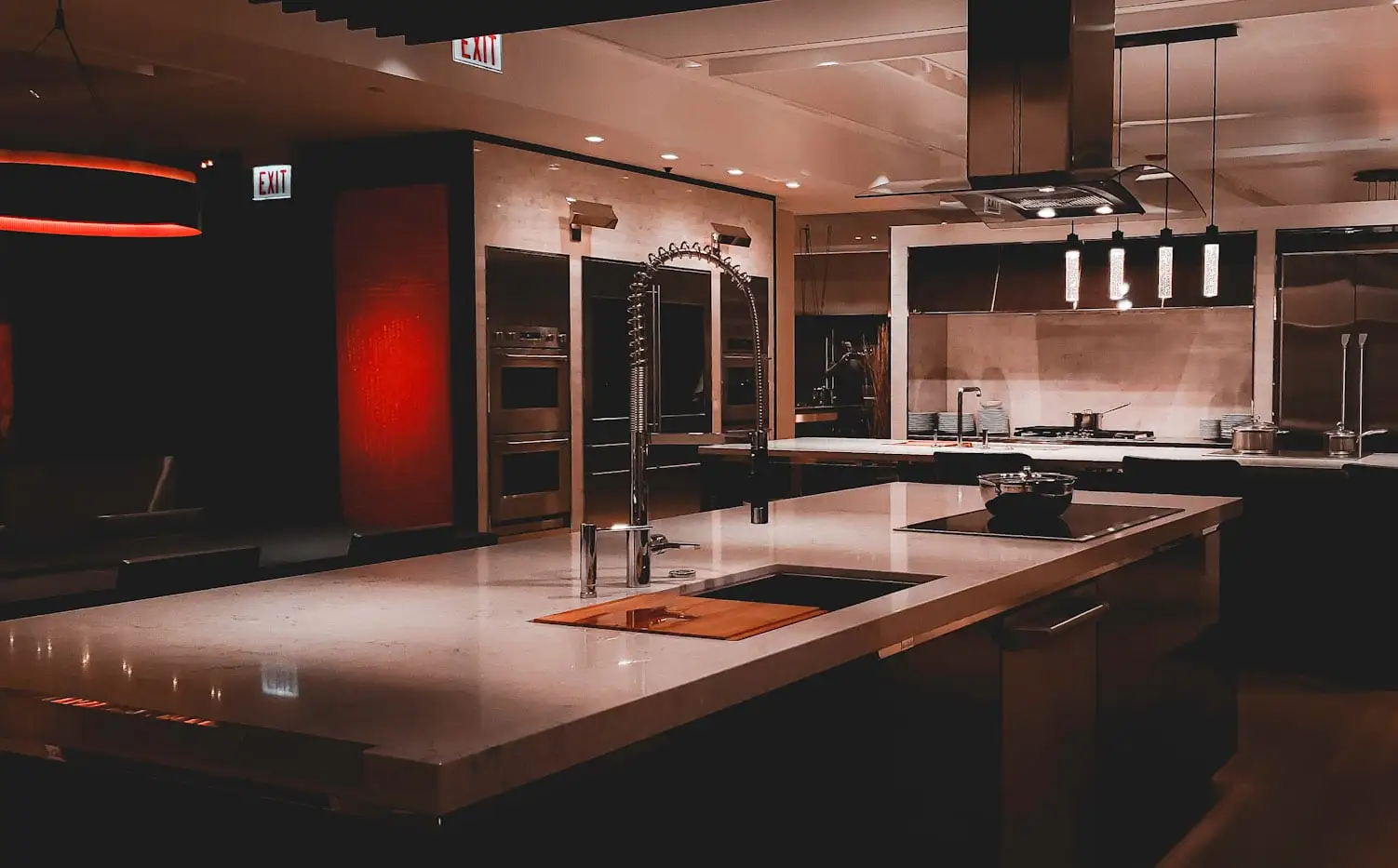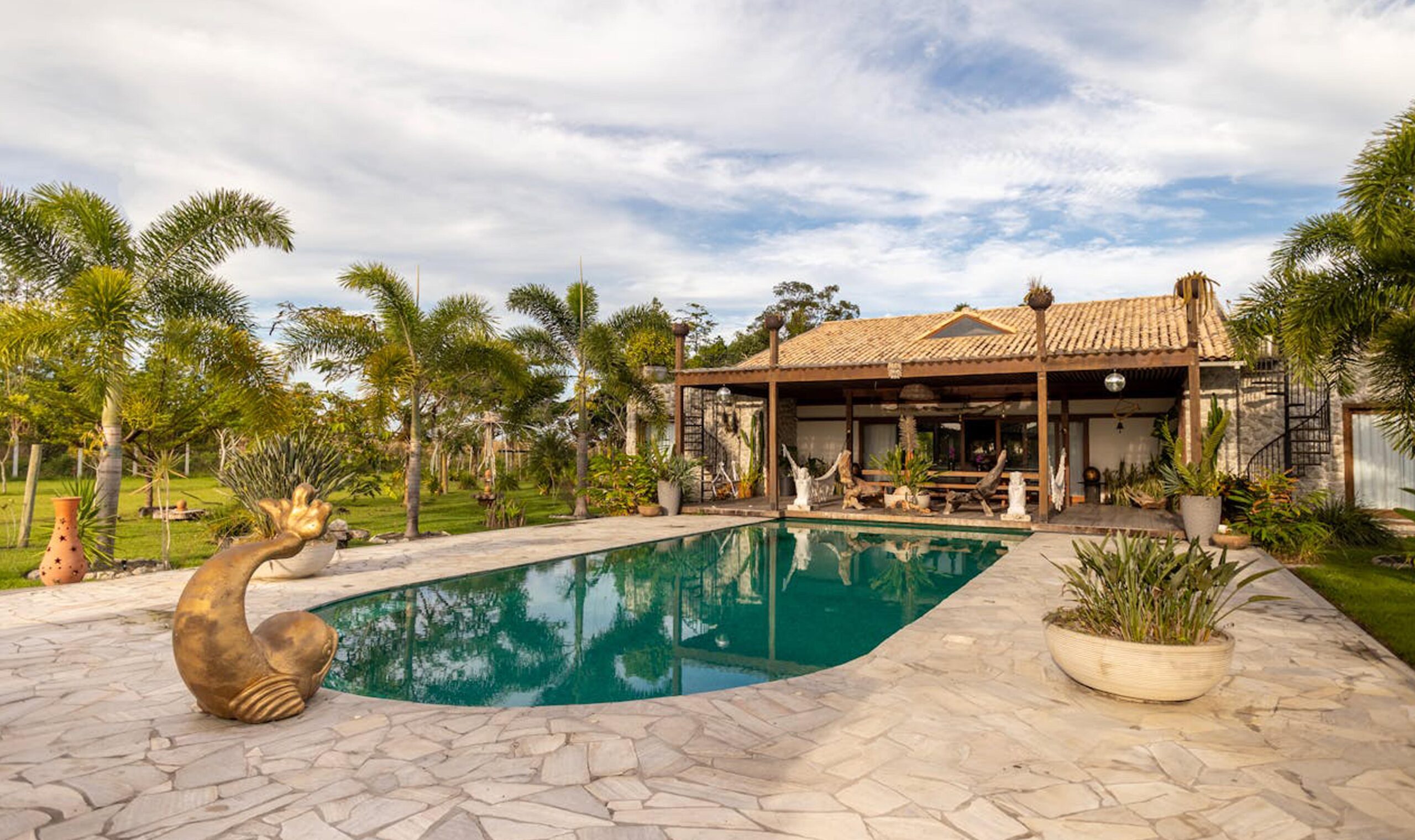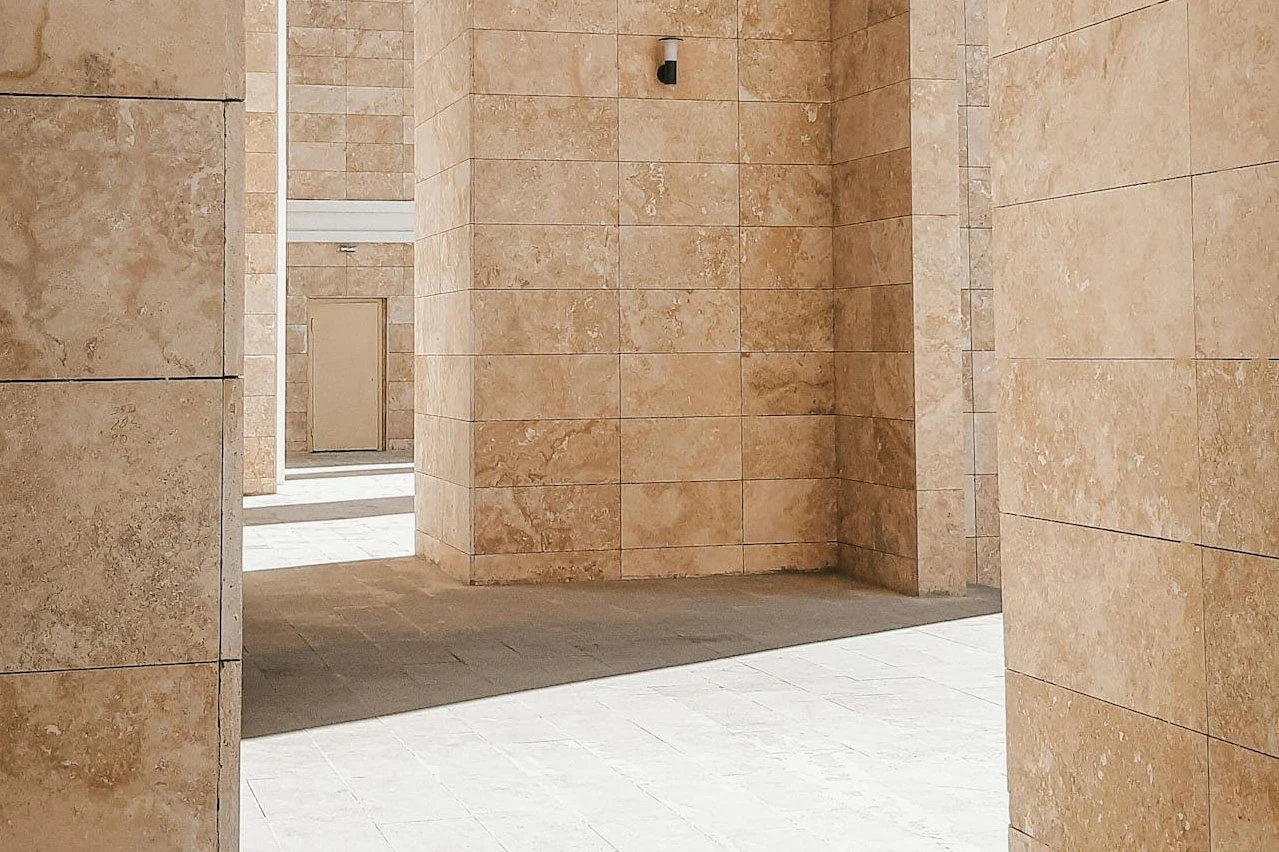When you think of iconic American stone, Vermont’s world-famous marble stands in a league of its own.
From historic monuments to grand government buildings, Vermont marble has been a symbol of strength, beauty, and craftsmanship for nearly two centuries.
But how did a small New England state become one of the most important marble producers in the world?
Let’s explore the incredible story behind Vermont’s marble legacy — a true Made in America success.
The Discovery of Vermont Marble
The story of Vermont world famous marble begins in the early 1800s in a small town called Dorset.
Farmers working their land stumbled upon large outcrops of pure, white marble. Initially, they used the stone locally — for gravestones, steps, and small monuments.
However, when transportation networks improved with the rise of the railroad system, everything changed.
Suddenly, Vermont’s pristine marble could be shipped to cities across America, and the state’s tiny quarries became booming centers of industry.
Vermont Marble: Building America’s Greatest Landmarks
Throughout the 19th and early 20th centuries, Vermont marble found its way into some of the most important structures in the United States, including:
The Washington Monument in Washington, D.C.
The United States Supreme Court Building
The Jefferson Memorial
State capitols and courthouses from coast to coast
Its pure white quality, ease of carving, and incredible durability made Vermont marble the preferred choice for architects, sculptors, and builders.
No material at the time could match the beauty and reputation of Vermont’s world-famous marble.
The Rise of the Vermont Marble Company
In 1880, a man named Redfield Proctor took Vermont’s marble production to the next level by founding the Vermont Marble Company in Proctor, Vermont.
At its peak, the Vermont Marble Company was the largest marble company in the world, employing thousands of workers and producing millions of square feet of marble every year.
The company didn’t just quarry marble; it cut, polished, and shaped it for nearly every type of project imaginable — from tombstones to towering monuments.
Thanks to Proctor’s vision, Vermont became internationally known as the “Marble Capital of the World.”
Why Vermont Marble Became World-Famous
There were several reasons why Vermont marble achieved worldwide fame:
Exceptional Quality: Vermont marble is prized for its fine grain, brilliant white color, and resistance to weathering.
Skilled Labor: Generations of quarry workers, stonecutters, and artisans developed world-class techniques for extracting and finishing the stone.
Reliable Production: Vermont’s marble industry became known for its consistent supply and high standards, making it a favorite choice for both public and private projects.
Pride in Craftsmanship: Marble wasn’t just a business in Vermont — it was a way of life. Every slab told a story of pride, precision, and patience.
Vermont Marble Today: A Living Legacy
Although the marble industry in Vermont isn’t as dominant today as it once was, its legacy remains strong.
The Vermont Marble Museum in Proctor preserves the history, showcasing how Vermont world famous marble helped build America.
Modern quarries still operate in the region, supplying marble for restoration projects, sculptures, and luxury homes.
And for many Americans, Vermont marble continues to represent strength, tradition, and beauty — values that never go out of style.
Final Thoughts
The story of Vermont’s world-famous marble is not just about stone — it’s about American ingenuity, hard work, and craftsmanship.
From simple farms to national monuments, Vermont marble has left its mark on the fabric of America itself.
Today, when you walk the steps of the Supreme Court or gaze at the soaring Washington Monument, you’re seeing the lasting power of Vermont’s finest natural treasure.
Stone strong. America proud.

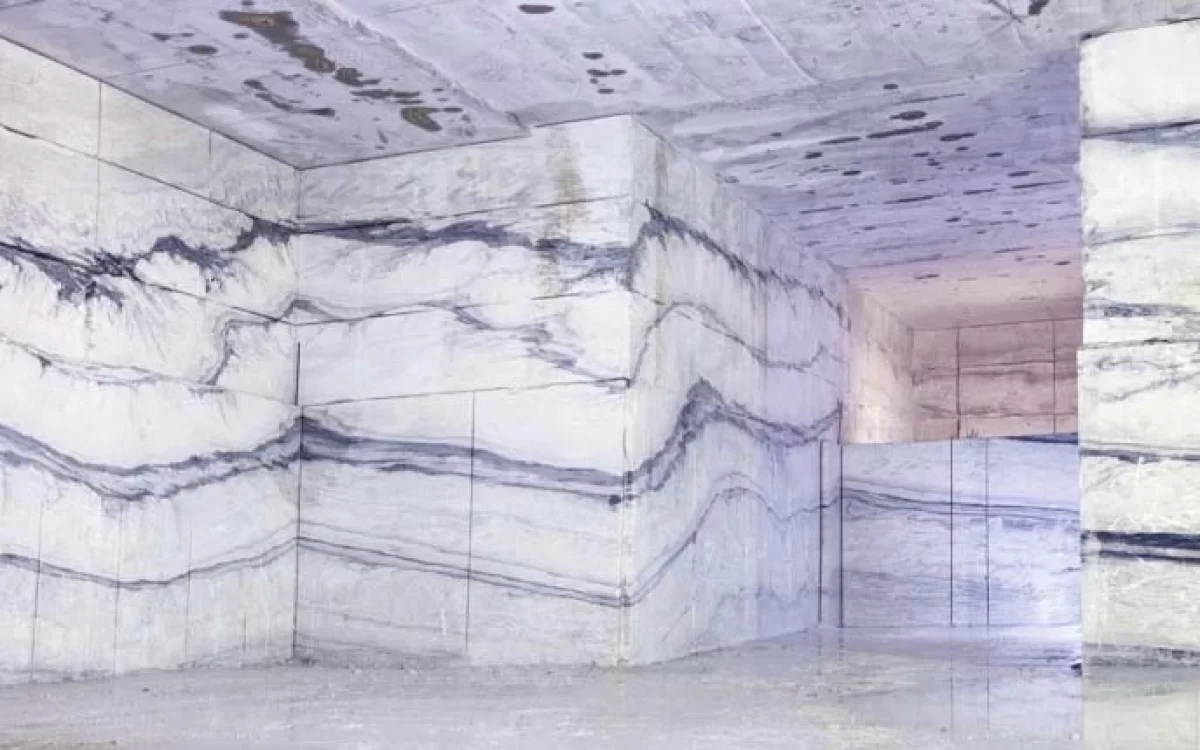
 Related Reads on Stoneman Magazine:
Related Reads on Stoneman Magazine:




